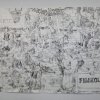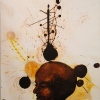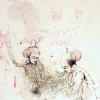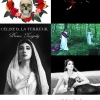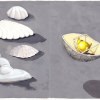Électrons libres
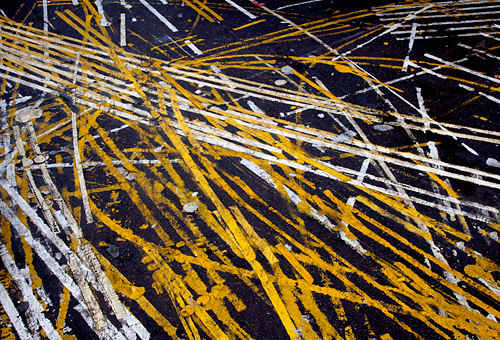
Day In and Day Out
2009
Digital print
101,6 x 152,4 cm / 40 x 60 in
Edition of 5
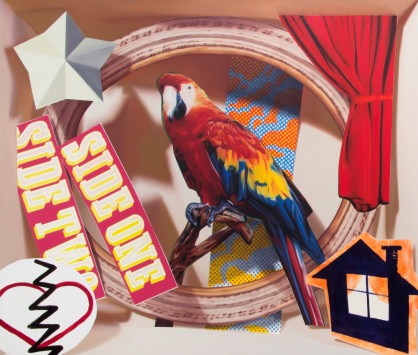
Music Box
2012
Oil and acrylic on canvas
173 x 203 cm / 68 x 80 in

Finkola High
2011
Flashe vinyl paint on paper, custom frame
508 x 233,7 cm / 200 x 92 in
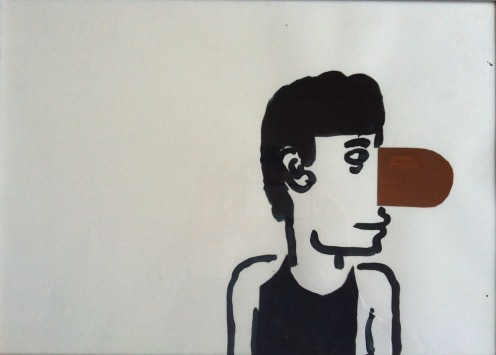
Brown Noser
2009
Flashe Vinyl Paint on Paper, custom frame
64 x 30 cm / 25 x 12 in
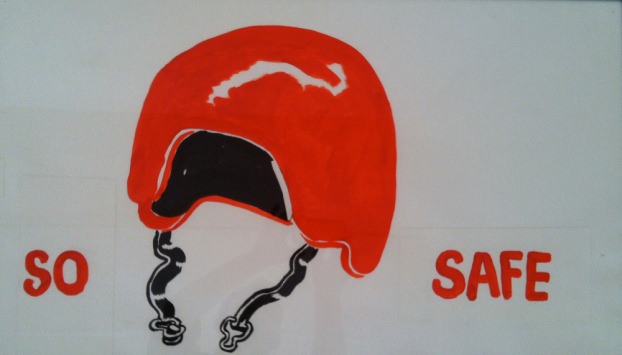
So Safe
2009
Flashe Vinyl Paint on Paper, custom frame
43 x 73 cm / 17 x 29 in
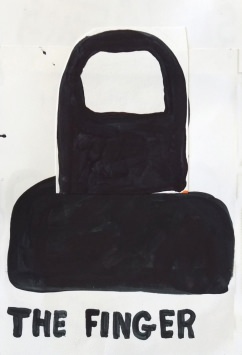
The Finger
2009
Flashe Vinyl Paint on Paper, custom frame
27 x 17 cm / 10 x 7 in
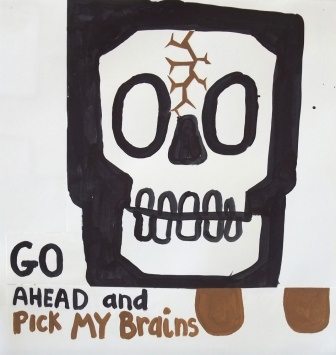
Pick my Brains
2009
Flashe Vinyl Paint on Paper, custom frame
46 x 44 cm / 18 x 17 in

Go Lightly Diptyque
2006
Flashe Vinyl Paint on Paper, custom frame
55,9 x 78,7 cm / 21 x 31 in
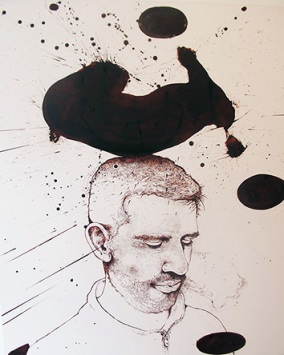
Massimo Guerrera
Sébastien Lemieux (La réunion des pratiques)
2001-2012
Ink, Polymere medium, rag paper mounted on canvas
174 x 140 cm / 68.5 x 55 in

Introspection
2009-2010
Ecoline ink, acrylic, graphite, polymer varnish on Arches paper mounted on canvas
113,7 x 142,2 cm / 44.75 x 56 in

Accueillir ce qui advient
2007
Ink, acrylic, polymer varnish on Rives paper mounted on canvas
132 x 101,6 cm / 52 x 40 in
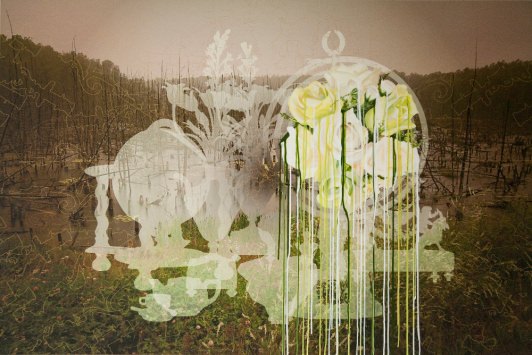
Témis 2
2013
Digital print and acrylic on Somerset paper
122 x 173 cm / 48 x 68 in
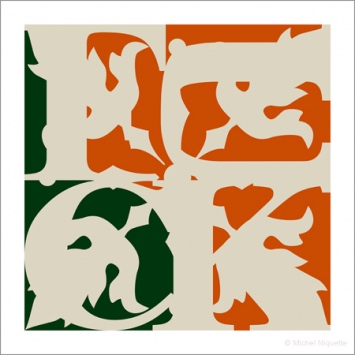
fuckmonsanto
2012
Digital print on Verona paper
36,8 x 36,8 cm / 14.5 x 14.5 in
Edition 1/2
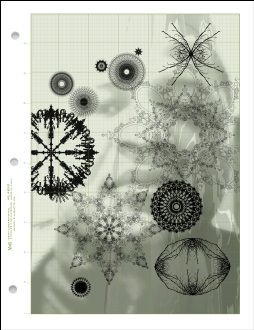
Clinique C.r.R.G.K.0.1
2013
Digital print on Somerset paper
21,5 x 28 cm / 8.5 x 11 in
Edition of 1
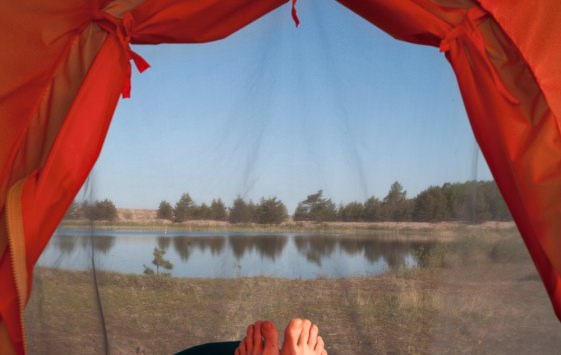
Morning (Finland)
2010
Digital photography
47,5 x 75 cm / 19 x 30 in
Edition of 5
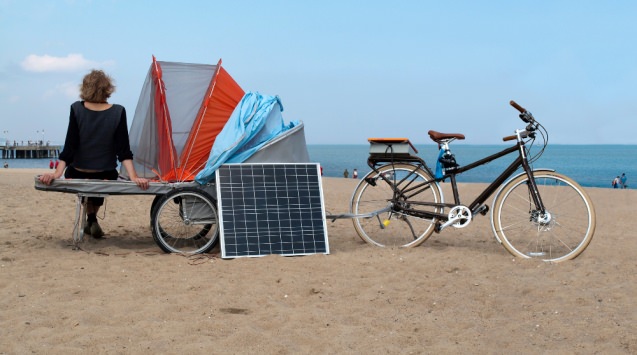
Day (Poland)
2010
Digital print
47,5 x 85 cm / 19 x 34 in
Edition of 5
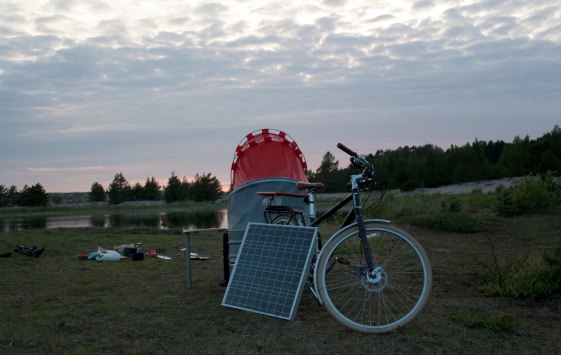
Night (Finland)
2010
Digital print
47,5 x 75 cm / 19 x 30 in
Edition of 5
La Divine Tragédie : 1977
2008
Color video, sound
11 min 56 sec
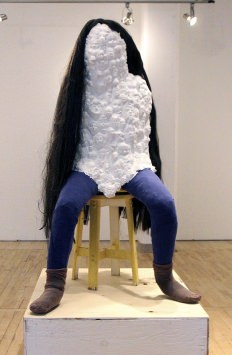
Élise Provencher
Mary Shelley II
2013
Plaster, wood, plastic
172,7 x 73,6 x 96,4 cm / 68 x 29 x 38 in
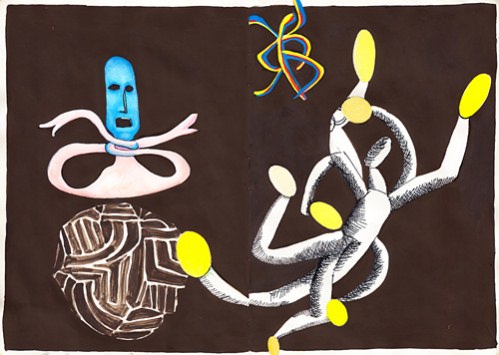
Dessin au fond brun
2011
Gouache on paper
23,5 x 33 cm / 9.3 x 13 in
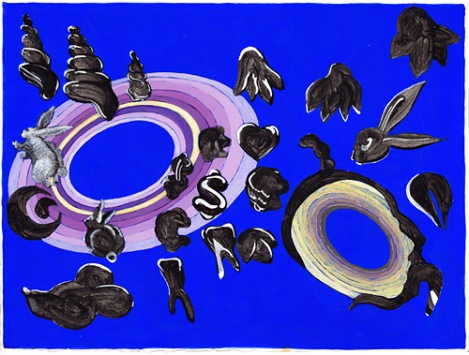
Dessin au fond bleu I
2010
Gouache on paper
28 x 37,5 cm / 11 x 14.8 in
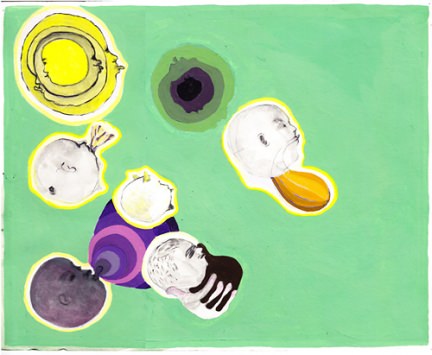
Dessin au fond vert
2011
Gouache on paper
25 x 31 cm / 9.8 x 12.2 in
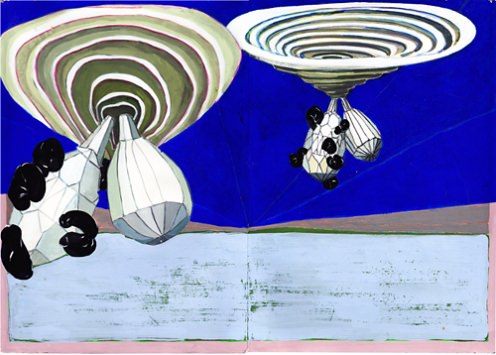
Dessin au fond bleu II
2010
Gouache on paper
23,5 x 33 cm / 9.3 x 13 in
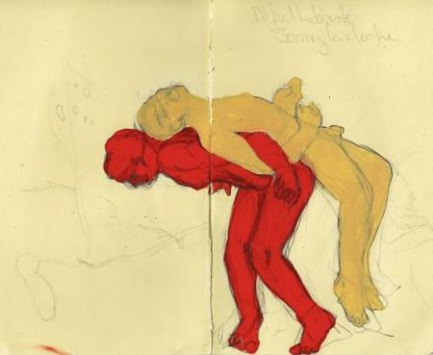
Drawing for the Sexton and the Gentle Shade
2010
Gouache on paper
20 x 26 cm / 8 x 10.3 in
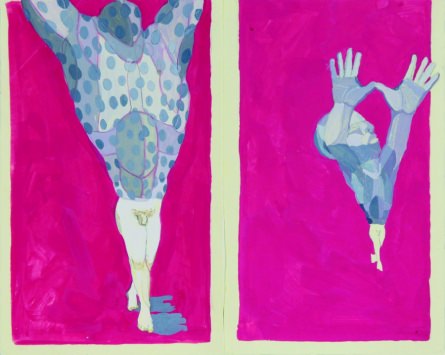
Drawing for Giddy Cosmonaut
2010
Gouache on paper
20 x 26 cm / 8 x 10.3 in

Dessin au fond gris
2011
Gouache on paper
23,5 x 33 cm / 9.3 x 13 in
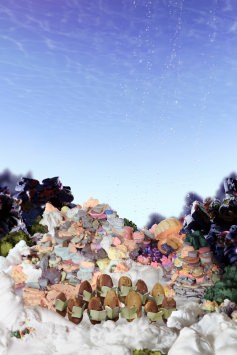
Les activités du Club-Chorale cyber-pinottes
2012
Digital inkjet print
101,6 x 152,4 cm / 40 x 60 in
Edition 1/5
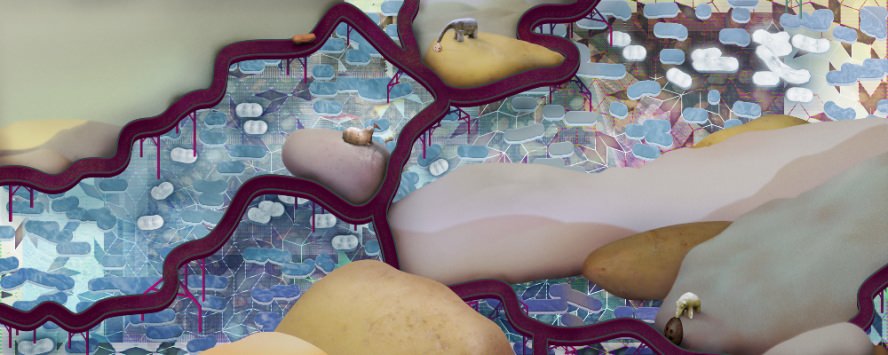
Cyber-pinottes au Parc Safari
2012
Digital inkjet print
101,6 x 40,6 cm / 40 x 16 in
Edition 1/5
In this exhibit, I wanted to present works that place themes of independence, liberty, marginality and even anarchy, at the forefront. For this reason, I chose the title, Électrons libres, a French expression that encapsulates these themes. In English, a potential translation would be, Free Thinkers. Be it in a physical or figurative sense, whether a particle or an individual, the free electron evolves with little attachment to its surroundings.
The concept of the électron libre is represented in several different ways in the exhibit.
Expressed in certain works by evoking the physical characteristics of the atom, in Stephen Schofield’s drawings it appears as a game of gravitational forces; in Alana Riley’s photograph as rapid and multidirectional movements. In the same vein, David Elliott’s painting recalls the atomic model with its disparate images, whirling around a parrot who takes on the role of the model’s core.
In some cases, it is an artist’s reference to the independence of the individual that is most significant. The independence of those who revolt, rebel, who do not care what other people think of them, to the point of fleeing or even dying. This is what I discovered in Celine B. La Terreur’s videoand heavy metal tribute to Maria Callas (a woman who defied conventions in the opera world of her time) through the appropriation of Carmen, from Bizet’s opera (which also tells the story of a rebellious woman who dies while demanding her independence). This irreverent quality is also present in the works of Michel Niquette and Adrian Norvid. The former directs his rage at the power of giant international corporations in the series titled, fuck and portrays those who live on the margins of society, such as wanted criminals and runaways in the series, Clinique. The latter, in his drawings, creates a small chaotic world populated by non-conformists and eccentrics, who have a dismissive relationship to the society that surrounds them.
Ana Rewakowicz’s work exposes the independence that comes with a nomadic and self-sustainable way of life. Furthermore, in her travels, the artist calls into question the idea that an individual is defined by place and belonging.
For Massimo Guerrera, independence is found in the inner lives of individuals. The process of reflection, of meditation and introspection presented by Guerrera hints at the potential for autonomous thought and judgment. For her part, Élise Provencher interrogates madness and the idea of multiple personalities in order to call society’s normalization of the individual into question.
Finally, zipertatou creates a fissure in the real world and presents us with a fantastical universe where peanuts form a joyous society based on leisure and pleasure. By feeding the fertile imagination of children, he constructs a world where, symbolically, it is possible to enjoy freedom to the fullest.
Yan Romanesky
Yan Romanesky thanks Philippe Chevrette for his precious collaboration.
Press releaseNews
No news at the moment.



